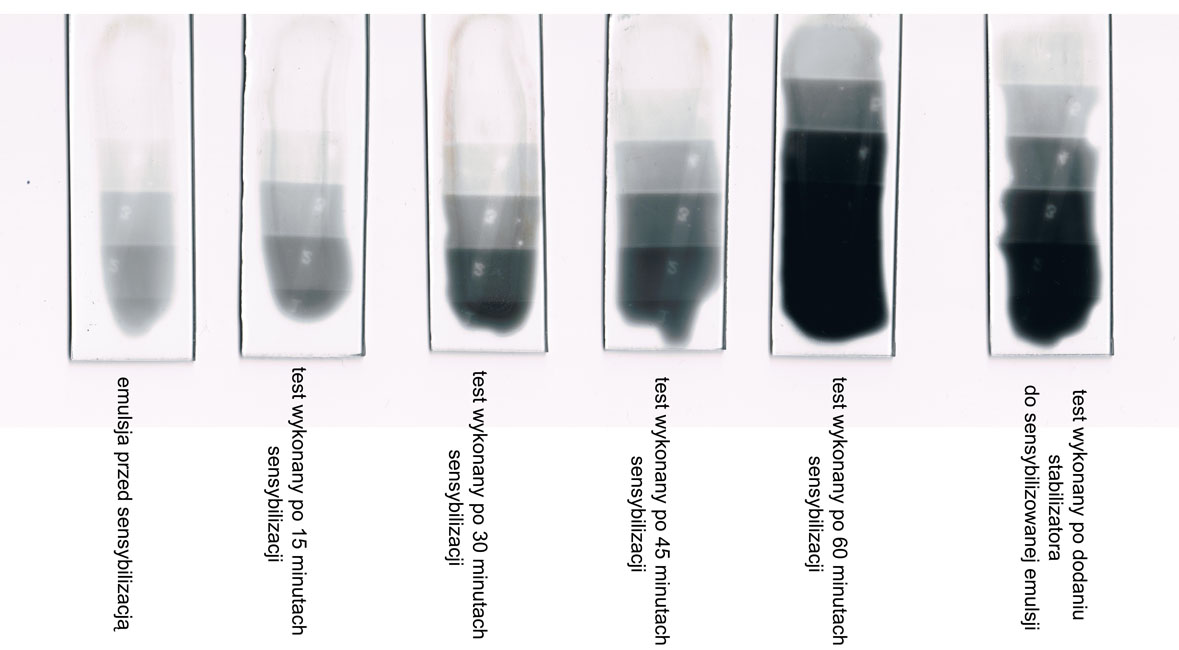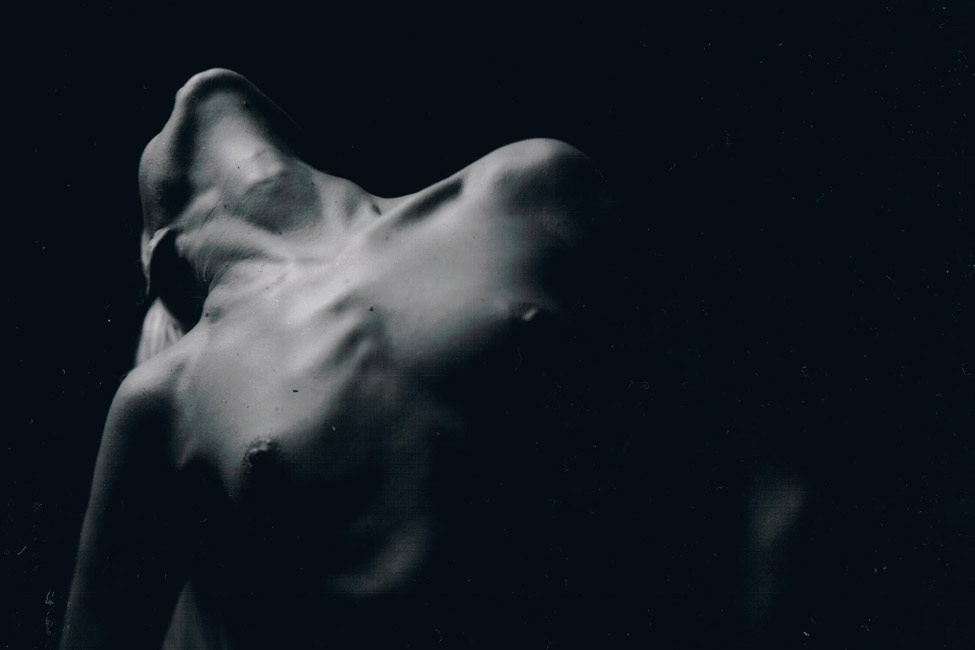Silver gelatin dryplate, which was the real beginning of the silver based photography as we know it, is probably one of the most difficult challenges that a person passionate about historical processes can face. In order to make our own glass plate negatives we have to overcome a large number of difficulties; starting with obtaining appropriate materials, through the making the emulsion itself to the final coating of the negative and processing the exposed plates so as to make the best use of their speed without damaging the delicate layer of gelatin emulsion. Despite all these difficulties, making your own negatives is the only way if we want to recreate the appearance of the photographs from the turn of the 19th and 20th centuries; pictures recorded on glass plates coated with a thick layer of emulsion, emulsion which disperses light very different than modern negatives. Such negatives lack a lot of advantages of the modern materials, are colour blind or orthochromatic. At the same time they imbue the image with a magical quality unavailable to modern products.
During the intensive, four day workshop, participants will acquire all the skills necessary to make their own emulsions and glass plate negatives. They will:
- learn about available materials for home emulsion making,
- learn to use the emulsion making equipment,
- learn about the basic processes taking place during the emulsion making as well as the importance of each stage for the resulting product,
- make a colour blind negative emulsion using modern photographic gelatins.
- learn to adapt pre-war recipes for use with modern materials.
- learn to control the speed and fogging of resulting materials,
- prepare the emulsion for coating on glass,
- treat glass to minimize the risk of problems appearing during the processing,
- coat glass plate negatives using two different methods of coating,
- take pictures on their own, handmade glass plate negatives,
- learn to process handmade glass plate negatives,
- learn the methods of spectral sensibilization enabling emulsion makers to turn the colour blind emulsion into an orthochromatic one.
The fee covers:
- 32 hours of work with the instructor
- all necessary materials (emulsion making components as well as photographic gelatin and 13x18cm glass plates)
- the use of two large format cameras per group (participants are of course welcome to bring their own cameras of this plate size),
- unlimited access to the darkroom,
- detailed handouts.
- tea and coffee during the workshop,
Short programme:
Thursday
- introductory presentation explaining the emulsion making process,
- preparing materials and working space for emulsion making. Learning to use the necessary equipment,
- making a Single Run Ammonia Digest negative emulsion based on active photographic gelatin,
- discussing the process.
Friday
- preparing the emulsion for washing (noodling),
- washing the emulsion; practical work and discussion of various methods,
- preparing glass plates for coating,
- wet densitometry,
- emulsion finals and preparing washed and sensitized emulsion for coating,
- coating glass plates.
Saturday
- working with glass plate negatives; establishing negative speed, exposure and processing,
- negative intensification and preparing glass plate negatives for copying,
- protecting negatives from mechanical damage,
- copying glass plate negatives,
- spectral sensitization of emulsions,
- second round of plate coating.
Sunday
- a photographic shoot using self-made glass plate negatives,
- comparing colour blind and orthochromatic emulsions,
- explanation of differences between active and inert gelatins as well as of changes that need to be introduced into the process using an inert gelatin
- summing up the workshop, questions and answers time.
The workshop programme has been prepared so as to offer the participants an opportunity to acquire skills necessary to make simple negative emulsions independently and to prepare their own glass plate negatives. This means it is very intensive and requires multiple hours spent in the lab.
Date:
Location: Trąbki Wielkie, Poland
Nearest airport: Gdańsk, Lech Wałęsa Airport
Tutor: Radosław Brzozowski
Language:English and Polish
Maximum number of participants: 6
Price: 1990 PLN (approx 450 euros)
The price does not include accommodation; we will of course be pleased to offer advice as to where it can be booked.



Hi there Radoslaw Brzozokwski,
is there a plan to schedule a silver gelatin dryplate workshop in 2020? I am very interested in learning more about the craft.
Best regards
Christian
Hi – more likely in 2021, but it will depend on how quickly I set up my new darkroom:)